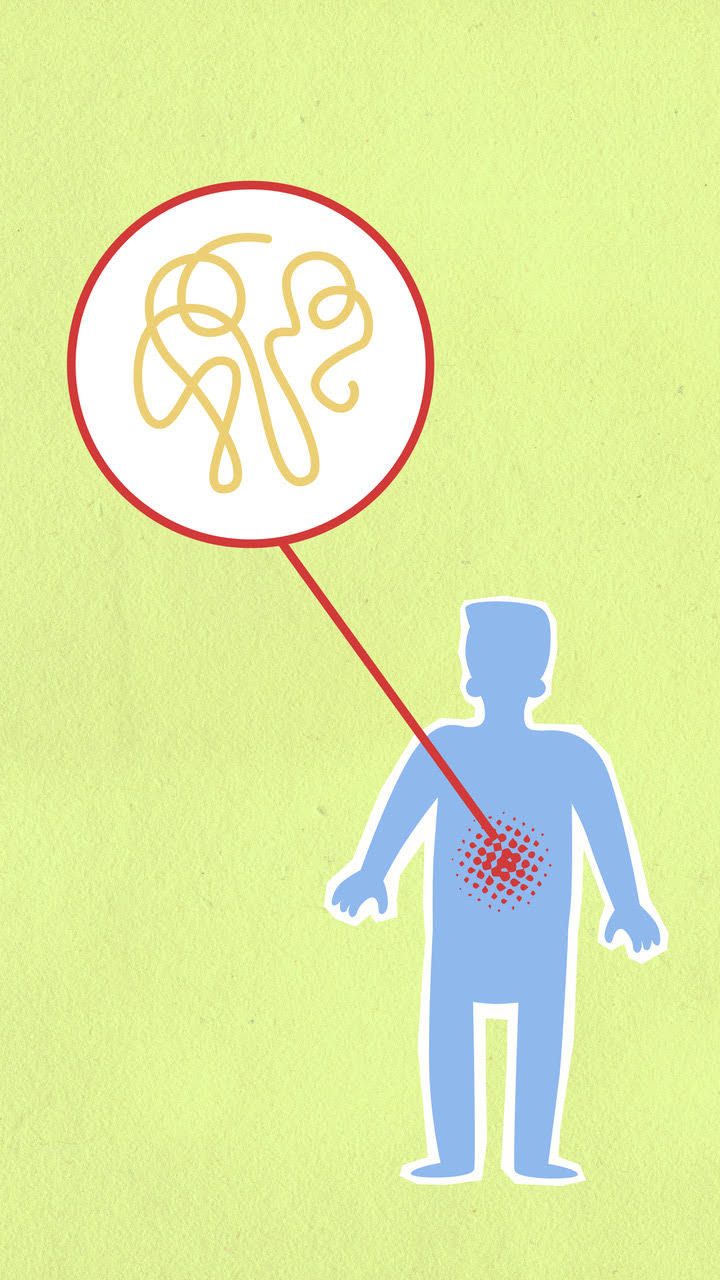For many years, evolutionists have claimed that the bulk of the human genome is junk, debris left over from long periods of evolution. These people should rather have asked what was the function of these long stretches of non-coding DNA (about 97%). Recent research such as the Human Genome Project (HGP) has vindicated those who rejected the junk DNA idea and the insights keep on coming!
This year molecular biologists are celebrating the 20th anniversary of the publication of the first draft of the human genome. In keeping with this effort, the journal Nature devoted the February 11 cover feature to this story. Their leading Commentary was entitled “A wealth of discovery built on the Human Genome Project – by the numbers.” [vol. 590 #7845 p. 212-215] The main conclusion was that “The results highlight how the Human Genome Project (HGP), with its comprehensive list of protein-coding genes, spurred a new era of elucidating the function of the non-coding portion of the genome and paved the way for therapeutic developments.” [p. 212 ] Note the reference to function in non-coding DNA. If it were “junk,” it would have no function.
As a result of the above research, the number of protein coding genes levelled off at about 19,150 “far short of the 100,000-strong estimate previously adopted by many in the scientific community.” [p. 212] But that was not the main story in the subsequent 20 years. Instead, “With the HGP draft in hand, the discovery of non-protein-coding elements exploded. So far, that growth has outstripped the discovery of protein-coding genes by a factor of five, and shows no signs of slowing.” [emphasis theirs p. 214] In the year 2000, 94 non-coding RNAs were discovered. Since then, these elements previously called “junk DNA” have exploded in number to 130,629. [p. 215]
In a section entitled “Not junk”, the Nature commentary declares: “Thanks in large part to the HGP, it is now appreciated that the majority of functional sequences in the human genome do not encode proteins. Rather, elements such as long non-coding RNAs, promoters, enhancers and countless gene-regulatory motifs work together to bring the genome to life.” [p. 214] A lot of interest in these non-coding sequences comes from their connection to human diseases. [p. 214]
It was a sign of the times when recently an article appeared in Nature which reported that the deletion of a lengthy chunk of long non-coding RNA (copied from DNA) resulted in a complex congenital disease. This piece of lncRNA involved 27,000 to 63,000 nucleotides lost from a non-coding region in chromosome 2. It is more evident than ever that non-coding DNA is very important to the development and health of people. The authors of the study conclude: “our findings provide a conceptual framework for Mendelian diseases that extends beyond the involvement of coding genes and their regulatory sequences to include long non-coding transcripts acting on the genes themselves.” [Lila Allou et al. 2021. Nature 592: 93-98 see p. 97]
These discoveries demonstrate how complex our genome is and how inadequate evolutionary pronouncements are which ignore our very coordinated genetic control systems. We expect more insights on our DNA in the days to come.
Margaret Helder
July 2021
Subscribe to Dialogue







